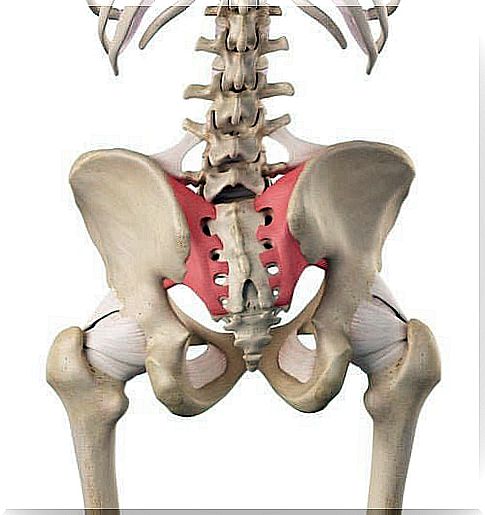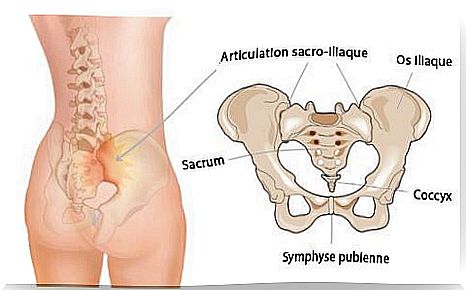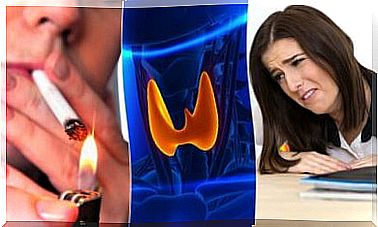Hypermobility Of The Sacroiliac Joint
Many tests can be done to examine the mobility of this joint and to diagnose hypermobility of the sacroiliac joint.

The sacroiliac joint is located next to the lower part of the spine, below the lumbar spine, above the tailbone. It is a structure that connects the sacrum, a triangular bone at the bottom of the spine, to the pelvis (iliac crest).
Hypermobility of the sacroiliac joint and other conditions of the sacroiliac joint are more common in young and middle-aged women.
The sacroiliac joint has certain characteristics. Indeed, she:
- Is small and very strong: ligaments help to strengthen it
- Doesn’t have much mobility
- Is a joint that transmits all forces from the upper body to the hip and legs
- Acts as a shock absorber
The anatomy of the sacroiliac joint

The pelvic waist forms the base of the trunk. It supports the abdomen and connects the lower limbs to the trunk. It is a closed osteoarticular ring made up of three pieces of bone and three joints.
The three pieces of bone are:
- Two iliac bones, pairs and symmetrical
- The sacrum, odd and symmetrical
- The vertebral block formed by the fusion of 5 sacral vertebrae
On the other hand, the pelvis is of great importance in the unstable balance of the spine, as any discrepancy in the first will inevitably affect the second. It is for this reason that we could consider it as a functional unit.
The sacroiliac joints are the link between the flexible spine at the top and the stability of the pelvis below. In addition, the sacrum is considered to be part of the lumbar vertebrae and the iliacs as part of the lower limbs.
Causes of sacroiliac joint pain
We still do not know why there is pain in this joint. It is believed that impaired normal movement of the joint may be the cause of sacroiliac pain.
The source of the pain could be in:
- Sacroiliac hypermobility : that is, when there is too much movement and instability in this region of the back. Pain is usually felt in the lower back or hip. It can also radiate to the groin area
- Sacroiliac hypomobility : conversely, this situation occurs when there is very little movement or fixation in this area. Pain is usually felt on one side of the lower back or buttocks. In this case, the pain may radiate under the leg
Patients describe the pain as if it were sciatica. It is caused by radiculopathy.
Assessment of the sacroiliac joint
There are many tests to look at the mobility of this joint in order to diagnose hypermobility or other conditions. The tests can be of different complexity and are usually tailored differently by each physiotherapist.
In addition, the same test can detect different situations. It should be noted that the need for a history before these tests is also important because it helps the professional to guide you to this type of examination.
Some of the tests usually performed for diagnosis are:
- Sacroiliac Joint Mobility Test : Although fairly general, the initial test should be considered to assess this joint. It provides the practitioner with information on mobility in the structure
- Downing test : it is used to objectify the different lesions and to establish the difference between the total or partial deficit of mobility of the iliac bones on the sacrum. This test consists of two parts: the elongation test and the shortening test
- Slipping from the sacrum to the ventral : this technique can detect a blockage of the joint and other symptoms that the patient may present during the maneuver
- Gillet hip flexion test : this maneuver is used to diagnose fixation in the ilium or fixation of the sacral base
Treatment
To treat joint problems in this area, different physiotherapeutic techniques are used such as:
- Joint release
- Slips
- Stretching
- Reorganization of neuromuscular chains
- Postural care
In addition to the above, other measures may also be used, such as ice application, warmth and rest, use of pain relievers, use of supports or correctors, and controlled physical exercise. .
However, if you feel similar pain, see a doctor and do not take any corrective action without professional supervision.









